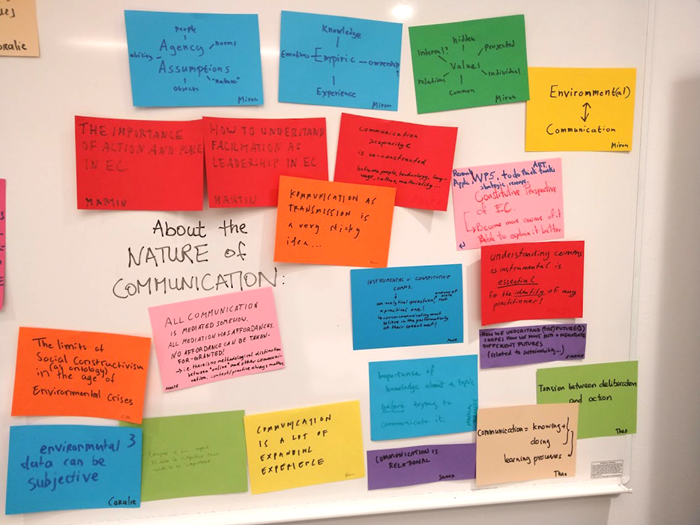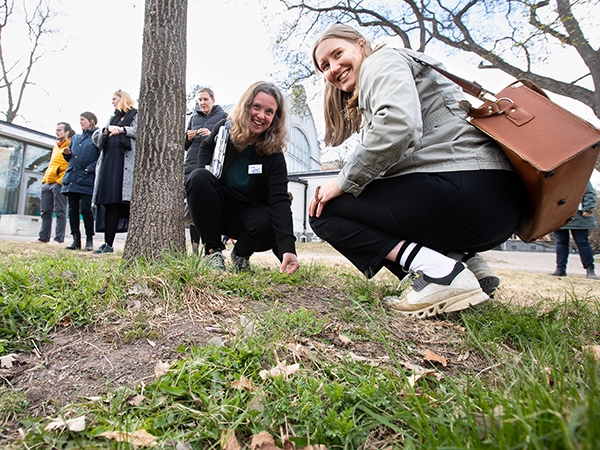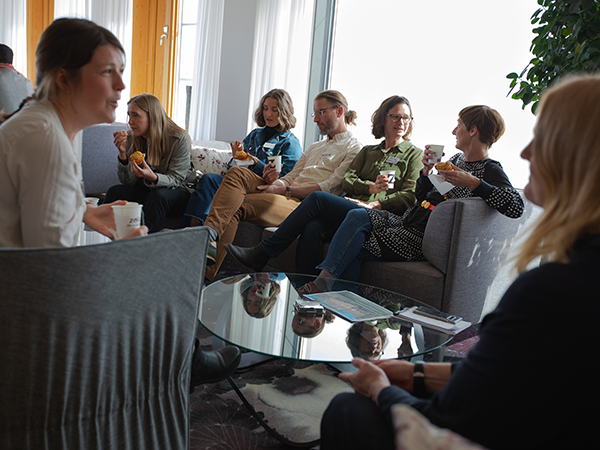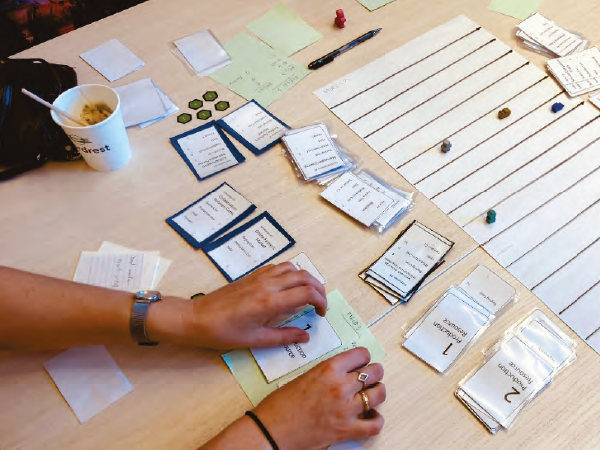Reflections on four years of Mistra Environmental Communication
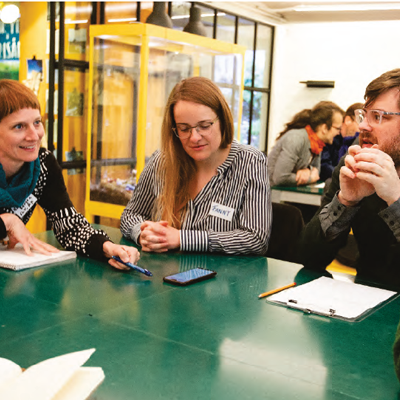
After four years of research, exploration, and collaboration, the first phase of MISTRA Environmental Communication – Reframing communication for sustainability, with its core of researchers from seven universities in four countries, associated partners from even more countries and universities, and key societal partners, is coming to an end. The end of such a process lends itself to taking a step back and reflecting on where we find ourselves today, four years later. What have we learned? Have we met the goals we set for these first years? Has the programme made the kind of contribution we envisaged, to research and to fields of practice outside academia?
Blogpost written by Robert Österbergh
A collaborative approach to environmental communication research
When we set up Mistra Environmental Communication (EC) in 2019, we had high ambitions. We wanted the programme to contribute to a new understanding of environmental communication that could play a real part in Sweden’s sustainability transformation – a process that requires participation, buy-in and debate broadly across society. Communication about what sustainability is and might mean, and how it can be fostered, is essential to transformation efforts. Moreover, we wanted to bridge the gap between theory and practice. We sought to cut across disciplines. And, importantly, to establish collaborations as a foundational part of the programme - with government agencies and civil society organisations, cultural institutions and companies. These things, we hoped, would make for a programme diverse in outlook, attuned to what’s going on “on the ground,” and capable of contributing to societal change.
We set out to explore and put into practice a new understanding of what environmental communication is, beyond the prevalent idea that disseminating the right information will make people adopt more sustainable behaviour. At the centre of the programme has been the belief that communication about the environment and sustainability is far from an “experts only” phenomenon. Rather, it is a vast, complex and messy process in which a wide range of actors negotiate ideas and meanings, in countless ways and not always consciously, about what sustainability might be and how it should be achieved. Environmental communication, as we understand it, is constituted by competing interests, conflicts, and power structures. Making these visible and more intelligible has been important to our work.
Overall, we have been pleased to learn that many professionals participating in the programme from outside academia have expressed a sense of having gained a new and better understanding of the diversity and ubiquity of communication around the environment. Mistra EC has provided a space for actors concerned with and engaging in environmental communication to come together and critically reflect on their practice, breaking the isolation that many feel within large organisations where environmental communication may be just one of many tasks. And they have testified to the value of acquiring new theoretically informed models and tools for communication, putting them to use in their organisations.
Developing tools and fostering understanding
In the work on government-led collaboration around natural resource management (WP1), for instance, we have developed a set of tools to help process leaders and facilitators strengthen their practice so as to make governance more inclusive, legitimate and democratic. Because collaborative processes and dialogues are increasingly important in environmental governance, the work is significant to the sustainability transformation. And in the research stream on sustainability-related communication practices of market-based organisations (WP4), we have worked with organisations such as the Global Compact Network, Nudie Jeans, KappAhl, H&M, Dedicated, and IKEA to contribute to a critical development of their work on Corporate Social Responsibility, transparency and sustainability reporting. In collaboration with these actors, our research helped foster a new understanding of the role of transparency, as one involving not merely the disclosure of information but, rather, constituting a more tangled communicative phenomenon shaped by multiple social relationships and the distribution of power among them. Moreover, in our investigations of how mass media, social media and the arts invite and facilitate particular constructions of the environment, environmental problems and solutions (WP5) and in further work – organised as a ‘think/do tank’ inspired by this question - we struck up productive collaborations with a number of museums in Sweden. Museums, we found, increasingly want to act as places where social change for sustainability can be explored, but do not feel that they have a clear idea about how to go about it. As public spaces capable of engaging people by broadening horizons and facilitating engagement with values, emotions and collective memories, they can play an important role in the sustainability transformation. The work we did on “The role of museums in times of climate change,” for instance, gathered some 200 employees at museums around the country. The widespread interest we met from curators, guides, and educators led to deepened collaboration. A specific outcome was the development of a toolbox available for all Swedish museums to help integrate climate and environmental issues in programming and communication.
Looking ahead
As we look to the future, to building on the findings and experiences assembled over these four years, we are grateful for the many collaborations across organisations, disciplines, professions and countries that have been so important and rewarding. Some of the joint work has already made an impact and contributed to the development of new or different communication practices – a process that we will continue to promote. Other parts still need to unfold their potential, a work we will continue to pursue.
Finally, in an ever-changing social and political landscape, research must be adaptable. Some of the critical issues we see emerging in the field include, for example, the role of evidence, expertise and information technologies in a democratic culture of agonistic pluralism held to be increasingly polarised. In the years to come, this is one of many challenges we aim to address, building on the foundation that Mistra EC has provided.
Robert Österbergh
Links:
Read more in our Progress report (April 2023)
Mistra EC LinkedIn account: https://www.linkedin.com/company/mistra-ec/
